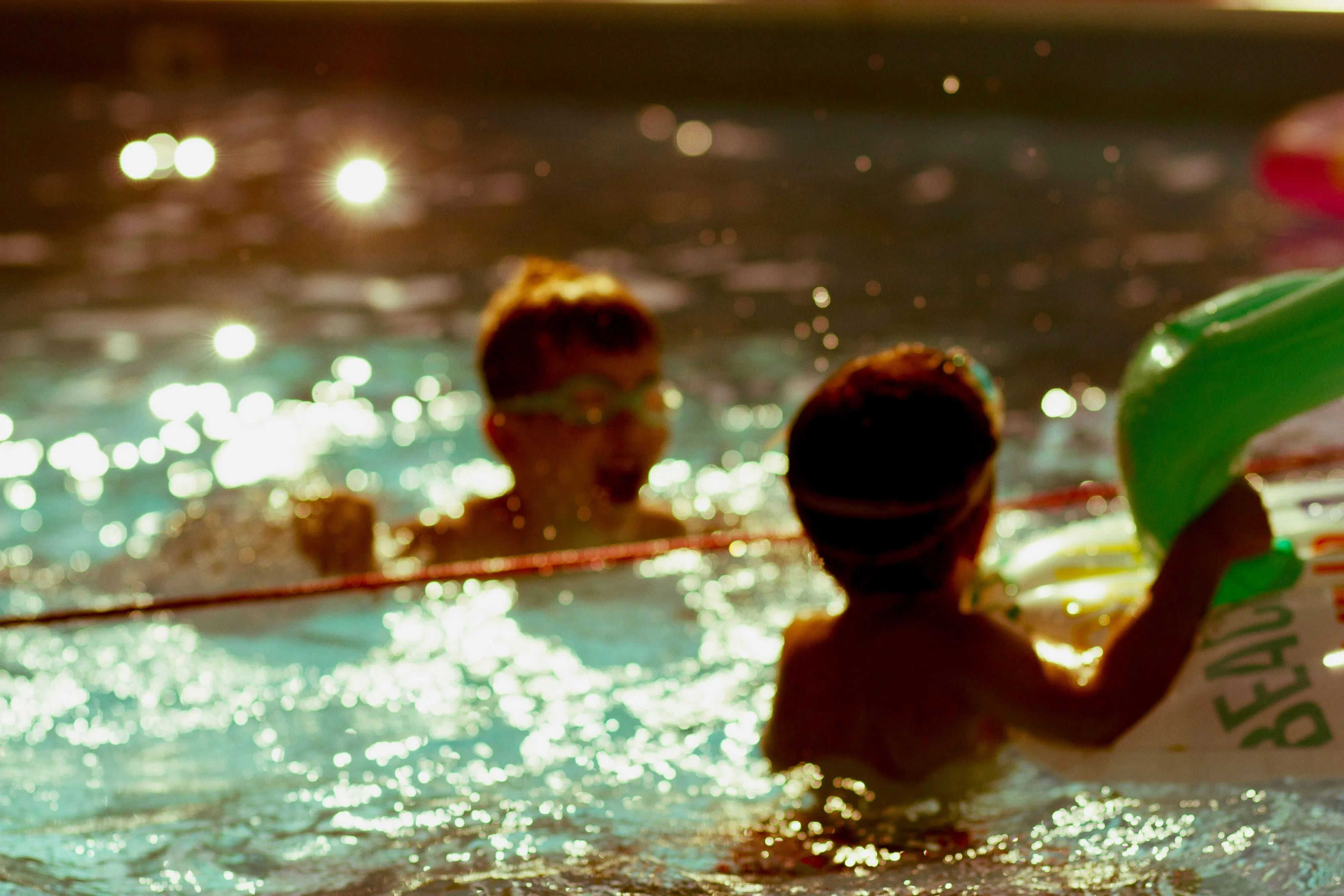With summer just about a month away, the Illinois Department of Children and Family Services reminded parents and caregivers on Thursday morning of the importance of always supervising children when they are in or near water to avoid the tragedy of accidental drowning deaths.
Illinois DCFS Director Heidi E. Mueller noted:
“Children are easily attracted to water, and even turning your attention away from a child near water for a moment to answer a phone call or tend to a child in the next room can result in dire consequences. Drownings happen quickly and silently in as little as one inch of water. We ask all caregivers to be responsible for watching their children no matter how well that child can swim as not all drownings involve waving, yelling and splashing. Please remember to be water wise and supervise your children if you are near water this summer.”
The department stated that in 2024, 19 Illinois children lost their lives to accidental drowning: eight in pools, four in lakes, four in rivers, two in ponds, and one in a bathtub; nine of the children were age 5 and younger, including six of the children who drowned in pools.
And, according to the Centers for Disease Control and Prevention (CDC), drowning deaths are on the rise in the United States, following decades of decline. Drowning is the leading cause of death for children ages 1 to 4, increasing 28% between 2019 and 2022; and the second leading cause of unintentional injury death for children ages 5-14.
Below are some tips provided to the public by the Illinois Department of Children and Family Services.
Follow these safety tips to help protect children and prevent water-related tragedy:Bathrooms
- Never leave a young child alone in a bathtub or rely on a bathtub seat for safety.
- Secure the toilet lid. Curious toddlers could tip headfirst into a toilet, risking drowning.
- Don’t allow children to play alone in the bathroom.
Buckets
- Five-gallon buckets commonly used for household home-improvement projects pose a threat to babies and toddlers who may topple into them and be unable to get out. Empty and store all buckets out of children’s reach when not in use.
Portable or inflatable pools
- Don’t be lulled into a false sense of security because of the shallowness of baby pools. A child can drown in as little as one inch of water. Empty the pool immediately after use and store it upside-down.
Swimming pools and hot tubs
- Appoint an adult who can swim to always watch children when they are in the pool.
- Enroll children in swimming lessons.
- Keep ladders, patio furniture and toys away from above-ground pools.
- Install a four-sided fence with a self-closing, self-latching gate around all pools and spas.
- Young children can wear personal flotation devices, but do not be lured into thinking these are able to prevent drownings.
- Keep hot tubs securely covered when not in use. Children should not be left in a hot tub alone.
- Learn CPR and keep rescue equipment, a phone and emergency numbers by the pool. The American Red Cross offers online CPR training classes anyone can take at their own pace from the convenience of home.
Ponds, fountains and retention ponds
- Be aware of access to water hazards in your yard and neighborhood. If a child goes missing, check these areas first.
For more information and water safety resources, including posters and brochures, DCFS encourages individuals to visit dcfs.illinois.gov/for-families/safety/water-safety.html.








Comments